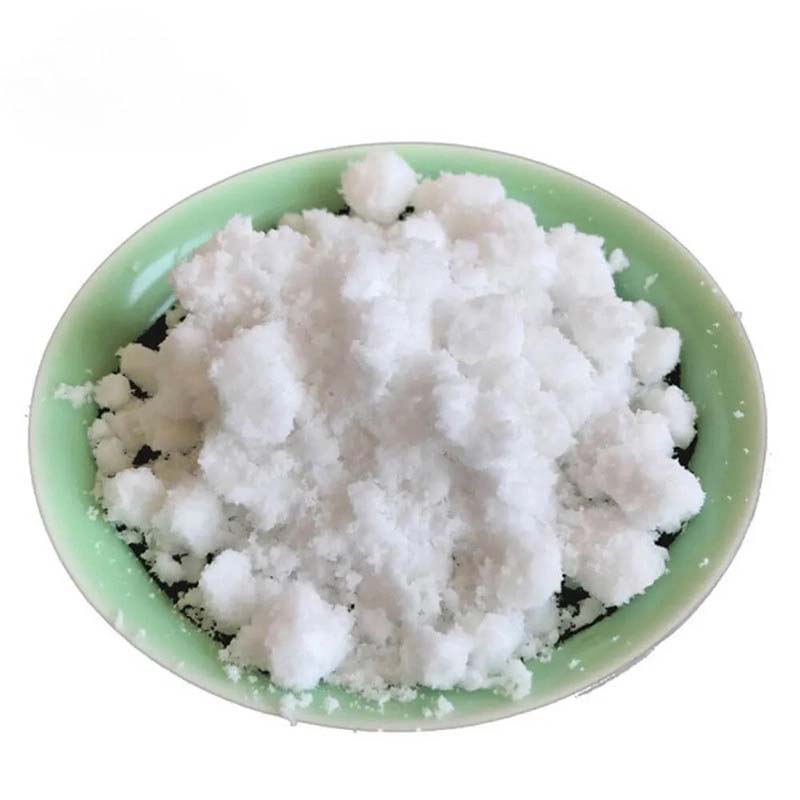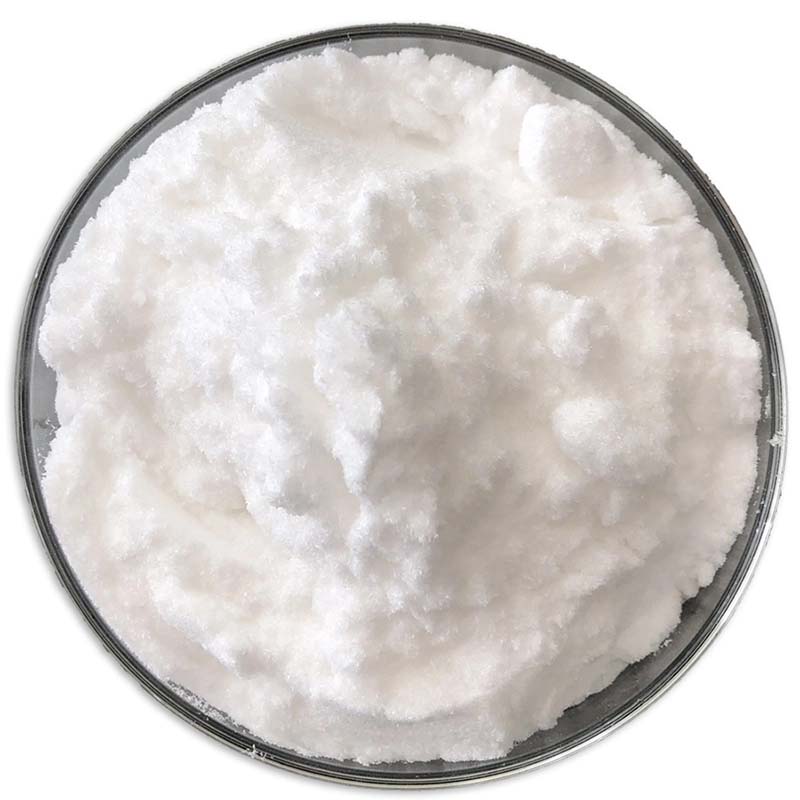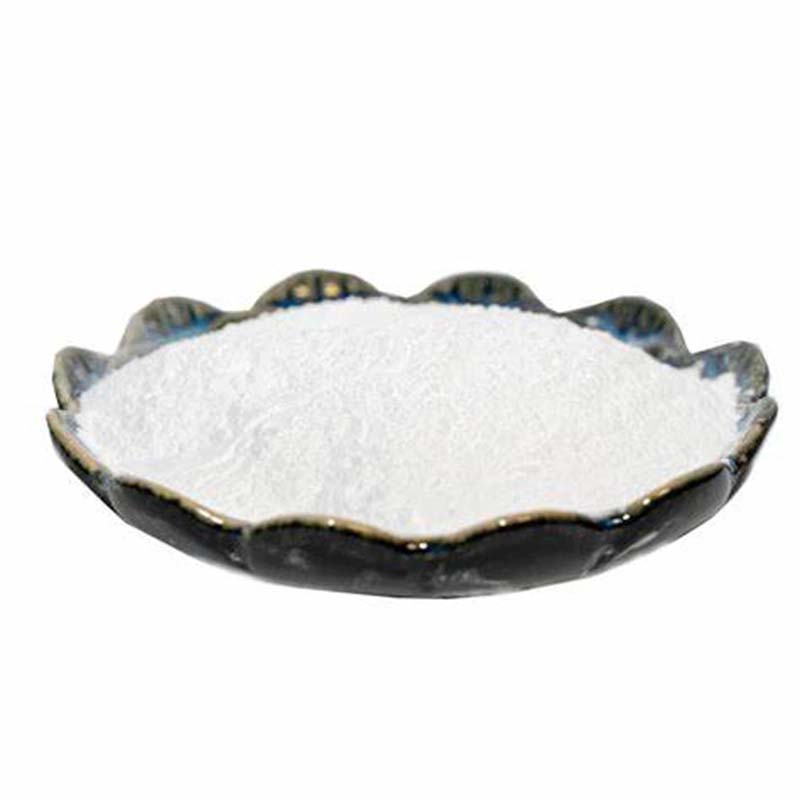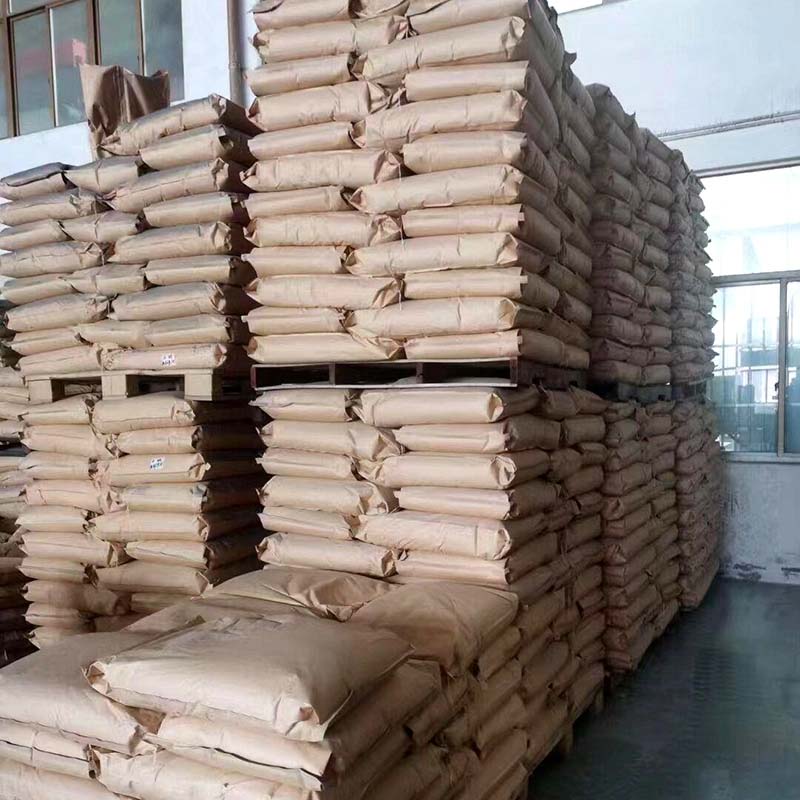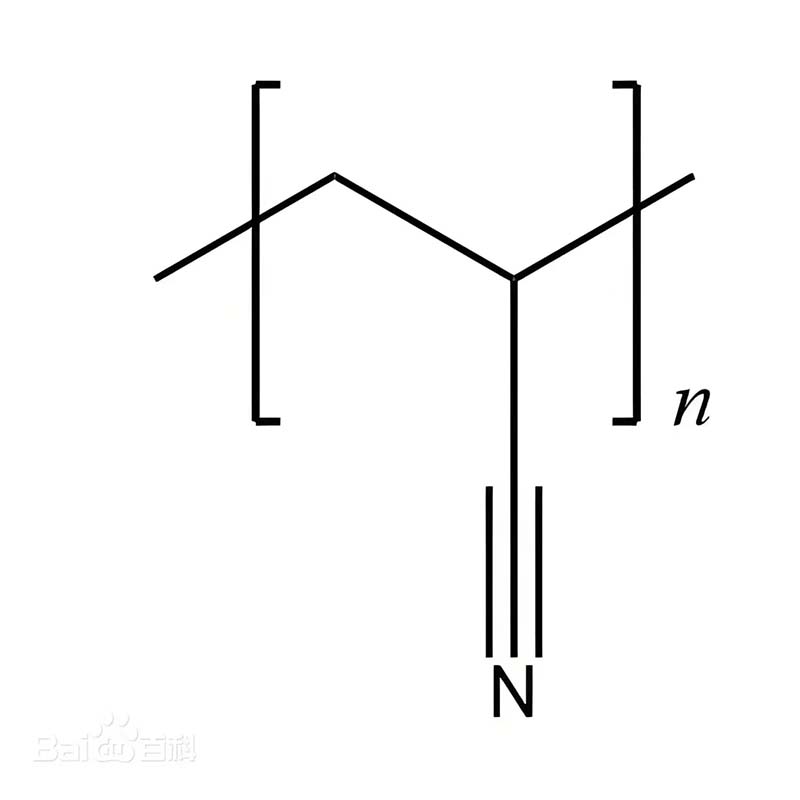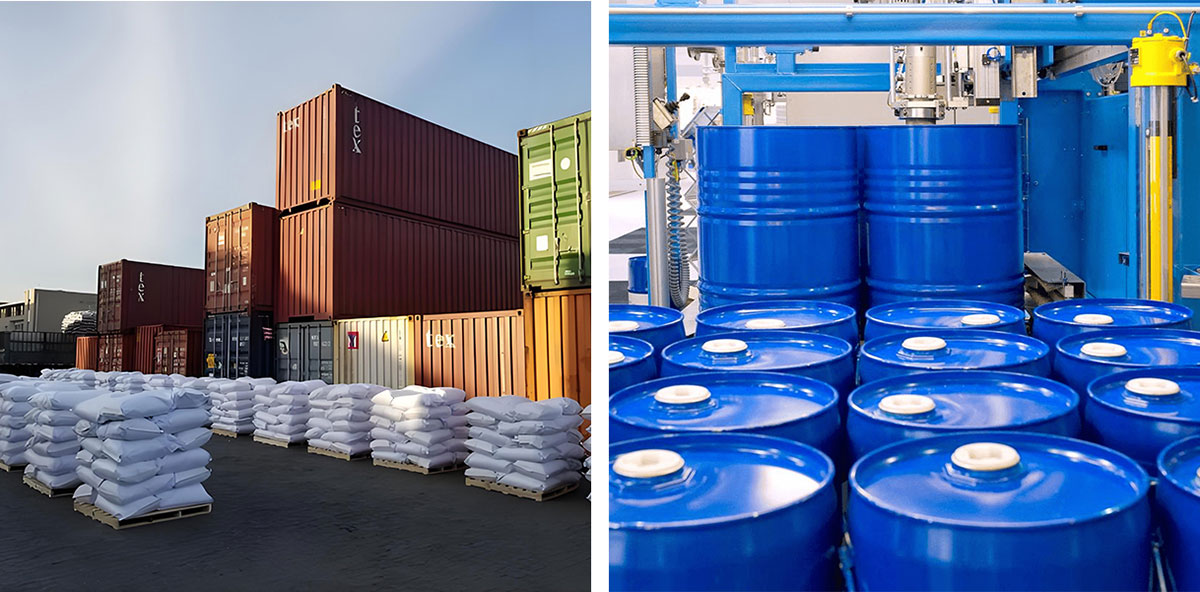Polyacrylonitrile
High Performance: Critical in the production of carbon fibers, delivering exceptional heat resistance and chemical stability.
Textile Applications: Suitable for manufacturing flame-retardant fibers used in protective clothing and high-performance technical textiles.
Filtration Efficiency: Enables highly efficient separation membranes for demanding water treatment and gas processing applications.
Industrial Strength: Serves as a key reinforcement in advanced composites for automotive and aerospace components.
The Polyacrylonitrile delivers exceptional thermal stability and chemical resistance, making it suitable for demanding industrial environments. Its key applications include:
Carbon Fiber Production: Serves as a critical precursor in the manufacture of high-performance carbon fibers.
Textile Applications: Used in flame-retardant fibers for protective clothing and advanced technical textiles.
Filtration Systems: Forms durable separation membranes for applications such as water treatment and gas processing.
Industrial Composites: Enhances mechanical properties in reinforced plastics for automotive and aerospace components.
Parameters
Melting point | 172-175 °C(lit.) |
Boiling point | 285 °C(lit.) |
density | 1.32 |
vapor density | 3.81 (vs air) |
vapor pressure | 1 mm Hg ( 132 °C) |
refractive index | 1.6320 |
Fp | 165 °C |
storage temp. | Store below +30°C. |
solubility | H2O: 50 mg/mL, clear |
pka | 10.35(at 20℃) |
form | Needle-Like Crystals or Crystalline Powder |
color | White to off-white |
Odor | odorless |
Water Solubility | 70 g/L (20 ºC) |
Sensitive | Air & Light Sensitive |
Merck | 14,4808 |
BRN | 605970 |
Henry's Law Constant | (x 10-9 atm?m3/mol): <2.07 at 20 °C (approximate - calculated from water solubility and vapor pressure) |
Exposure limits | NIOSH REL: 15-min ceiling 2, IDLH 50; OSHA PEL: TWA 2; ACGIH TLV: TWA 2 (adopted). |
Stability: | Stable. Combustible. Incompatible with strong oxidizing agents, strong bases, oxygen, ferric salts. Light and air-sensitive. Discolours in air. |
InChIKey | QIGBRXMKCJKVMJ-UHFFFAOYSA-N |
LogP | 0.59 at 20℃ |
CAS DataBase Reference | 123-31-9(CAS DataBase Reference) |
NIST Chemistry Reference | Hydroquinone(123-31-9) |
IARC | 3 (Vol. 15, Sup 7, 71) 1999 |
EPA Substance Registry System | Hydroquinone (123-31-9) |
Safety Information
Hazard Codes | Xn,N |
Risk Statements | 22-40-41-43-50-68-R68-R50-R43-R41-R40-R22 |
Safety Statements | 26-36/37/39-61-S61-S36/37/39-S26 |
RIDADR | 2662 |
WGK Germany | 3 |
RTECS | MX3500000 |
Autoignition Temperature | 930 °F |
TSCA | Yes |
HazardClass | 9 |
PackingGroup | III |
HS Code | 29072210 |
Hazardous Substances Data | 123-31-9(Hazardous Substances Data) |
Toxicity | LD50 orally in rats: 320 mg/kg (Woodard) |
IDLA | 50 mg/m3 |



